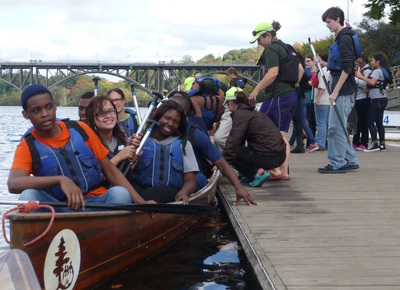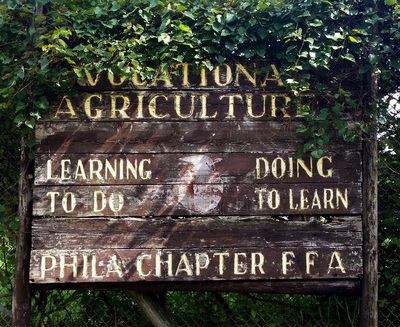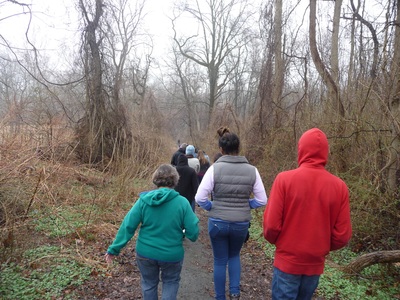|
Valerie Metzler's Inquiry of applied science learning |
Conclusions & Future implications/inquiry

Connected Learning & Community Connections
Conclusions
|

Problem & Project-Based Learning:
Conclusions
Future
|

Modeling
Conclusions
Future
|

Hands-On Learning:
Conclusions
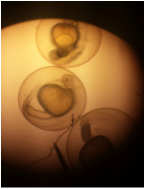
Future
|
Closing thoughts
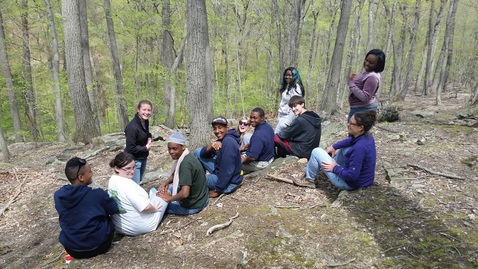
After seven months of experience student teaching, observing students, and learning about theories of teaching and learning, I am more equipped to introduce my students to applied learning opportunities. I have a better understanding of the importance of clear learning objectives, which allow me to plan for a lesson or unit that integrates “hand-on” and “minds-on” activities, fostering both understanding and contextualization of the science content (Glynn & Muth, 1994). I am also more aware of the evidence supporting hands-on and applied learning techniques and understand the basic framework for implementing various hands-on teaching methods, such as problem, project and inquiry-based learning as well as connected learning opportunities.
I look forward to learning more about the theories of connected learning, problem-, project-, and inquiry-based learning and experimenting with different lessons within these methods as I develop my own dynamic and critical pedagogy. I will use the methods explored throughout my inquiry to promote scientific literacy and give students the opportunity to encounter and experiment with scientific concepts as they make connections and solve problems in and outside of the classroom.
I look forward to learning more about the theories of connected learning, problem-, project-, and inquiry-based learning and experimenting with different lessons within these methods as I develop my own dynamic and critical pedagogy. I will use the methods explored throughout my inquiry to promote scientific literacy and give students the opportunity to encounter and experiment with scientific concepts as they make connections and solve problems in and outside of the classroom.
